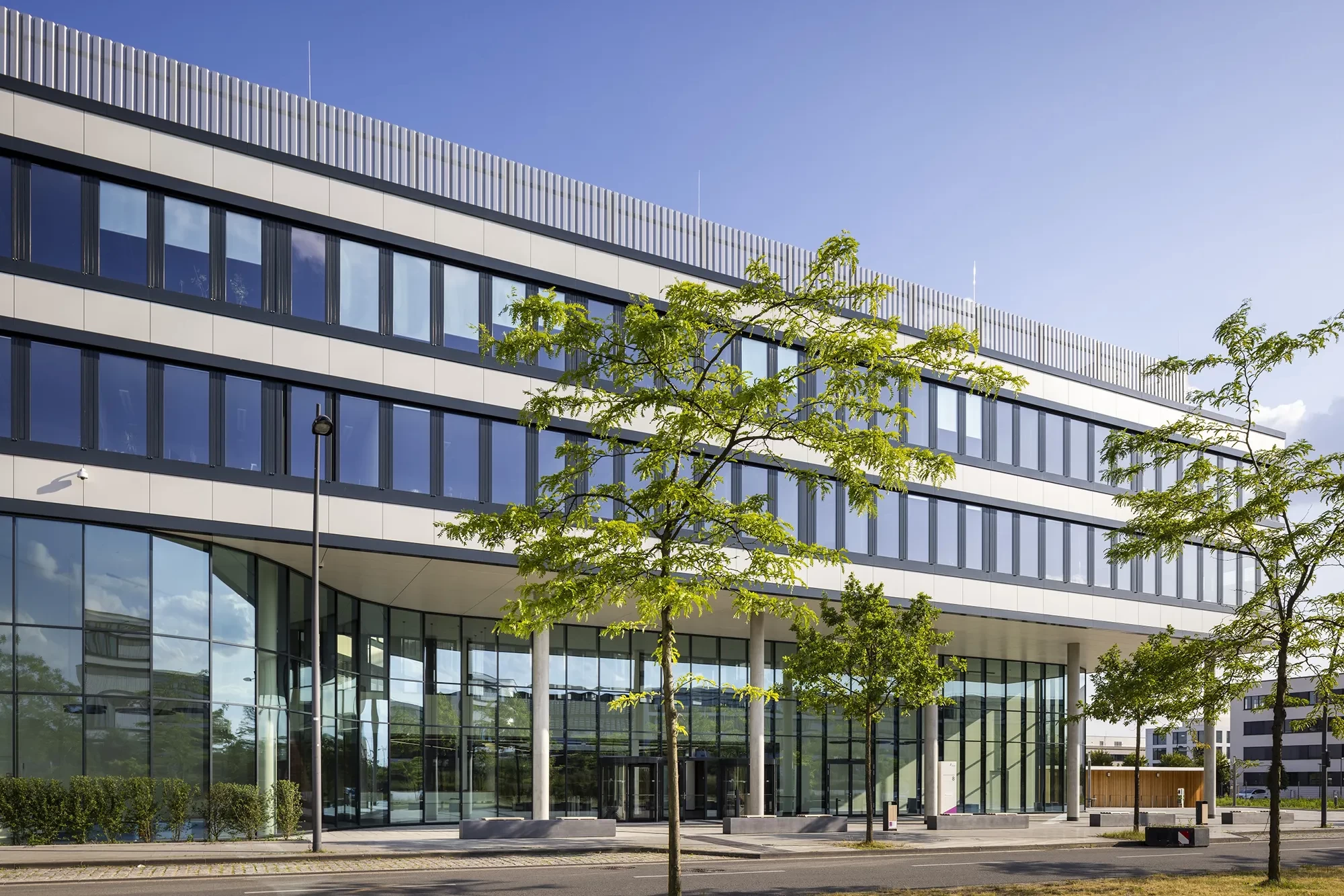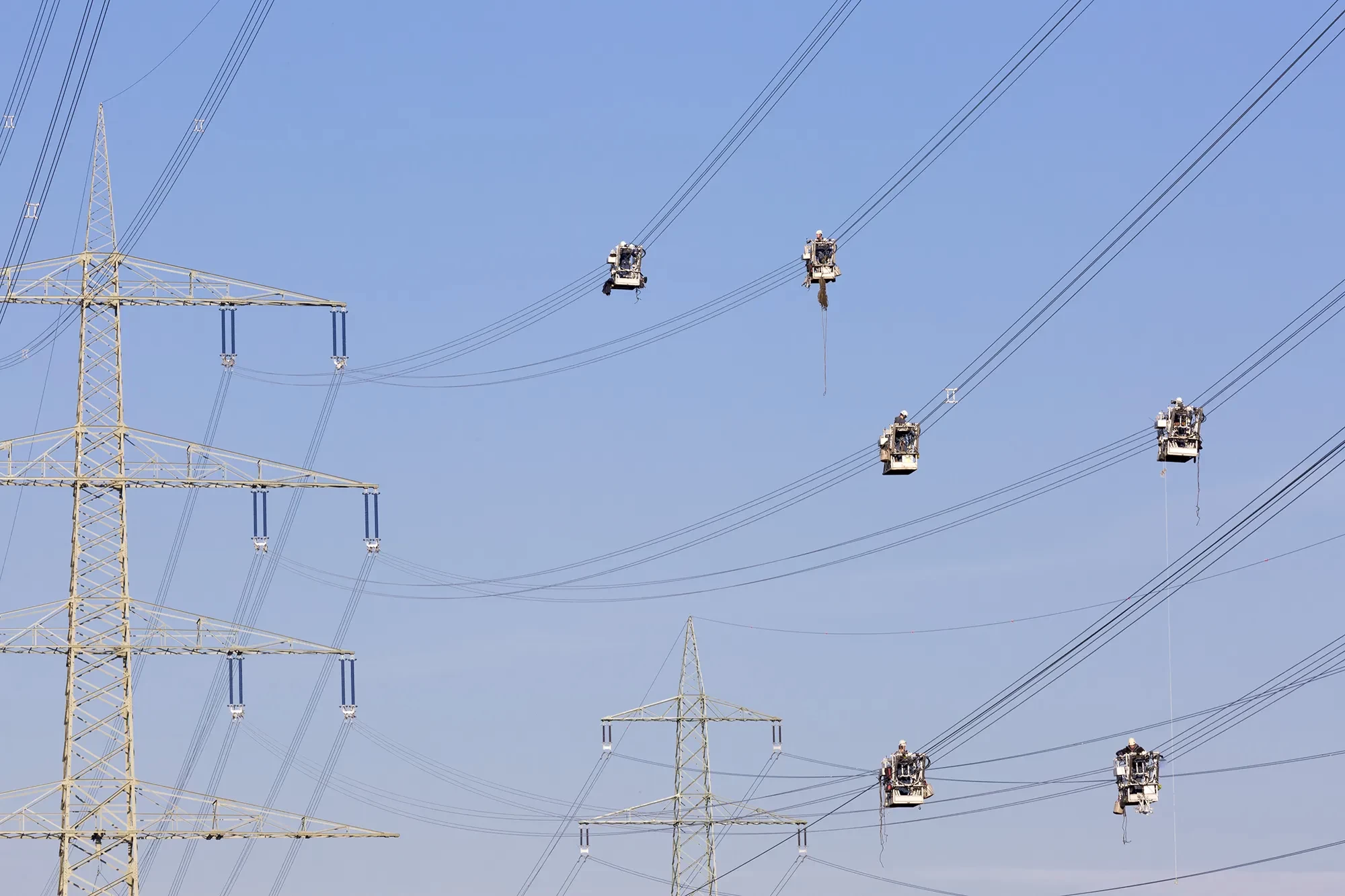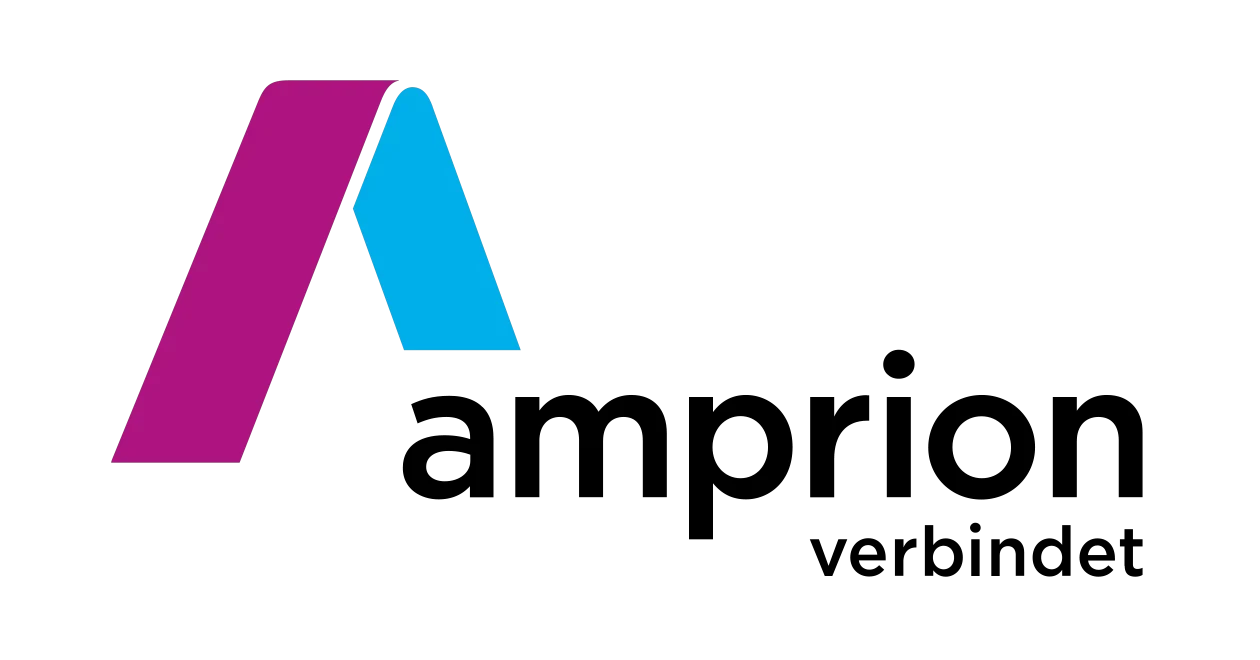Get in touch
Would you like to know more about optimising your procurement processes with Unite? We’re happy to walk you through it.
The success story at a glance
Challenges
- Integrate and roll out a procurement solution within a very short time frame, capable of handling approximately 90% of incoming orders in a process-compliant manner.
- Provide access for hundreds of users with clearly defined roles and permissions.
- Choose a permanently compatible platform, not a temporary solution.
Results
- Reduction from 50 to only 12 catalogues to manage.
- Users have access to a significantly larger product selection of around 30 million items.
- Offers from own and supplier catalogues on Unite are directly comparable.
- Process-compliant procurement is ensured.
- Seamless data transfer of orders into the main SAP HANA system via 2bits (Henrichsen Group).
- New CO₂ reporting supports the sustainability strategy.
Solutions
- Unite as the new central hub for indirect purchasing.
- Implementation via OCI interface within a few days using minimal IT resources.
- Unite platform supporting efficient, user-friendly P2P processes.
Decision and implementation at record speed – How did Amprion achieve it?
Just before the holiday weekend, Christian Bombosch, Head of Operational Procurement and Supply Chain Management at Amprion, learned from another supplier that a crucial catalogue platform had filed for insolvency. Until then, employees ordered indirect needs such as office supplies, tools or personal protective equipment through this platform. More than 1,000 orders were processed monthly via the platform – now rendered obsolete.
Bombosch and his team had to act immediately, blocking catalogues and the creditor, finding alternative ordering options, interrupting processes and communicating with all affected parties.
Time was against them. Each day without a digital procurement solution for indirect purchasing caused a backlog of orders and enormous manual effort. A project team worked at full speed. To find a replacement as quickly as possible, they referred to the criteria list used in the past to select the now-insolvent provider. After a comparison and market screening, the choice fell on Unite.
Better benchmarking, greater selection, less catalogue maintenance
Bombosch assembled a project team and nine days later the implementation of the Unite solution into Amprion's SAP procurement environment began. “It was like changing tyres at 180 km/h,” he recalls. Unite went live three weeks later. “It took only three weeks for such an implementation,” he says, “considering that other system implementations are scheduled over months and even years.”
Immediately, 700 users began ordering on Unite, placing 1,000 orders in the first month alone, “demonstrating that the integration works and the solution is accepted by users,” says Bombosch.
Previously, 50 static catalogues had to be maintained; many are now redundant, as these assortments are already available on Unite.
“In the previous solution, we had 50 static catalogues and a four-digit product selection. Now we have the marketplace with about 30 million products and only 12 catalogues to manage,” he notes.
A pleasant side effect: due to the direct comparability between the 12 custom catalogues and the more than 700 pre-qualified suppliers on Unite in Germany, employees can immediately see which offer is most cost-effective for them.
Now 700 employees use Unite for their indirect procurement and are satisfied with the solution. Says Bombosch: “The availability on Unite is excellent, the credit memo procedure was extremely important to us, and the CO₂ reporting of orders saves us a lot of work.”
“If I can evaluate the emissions of 12,000 orders in a year with just one click, my colleagues are grateful they don't have to collect this data manually.”
Amprion facts and figures




15 employees handle approximately 18,000 operational orders with a procurement volume of €450 million per year.
Amprion GmbH is a system-relevant transmission system operator, supplying 29 million people in western and southern Germany with predominantly renewable energy from offshore wind farms and hydroelectric power plants.
The company has a legal mandate to maintain and expand the transmission network. As the power grid grows, so does Amprion.
In 2023, Amprion procured as much as in the previous 15 years combined.
64% of purchases are made via electronic catalogues, framework contract calls and eCommerce.
A total of 180 employees is responsible for an investment volume of €36.4 billion by 2029.

About Amprion
Annual turnover: €15.47 billion (2023)
Industry: Energy/Transmission System Operator
Headquarters: Dortmund
Number of employees: Approximately 3,100

